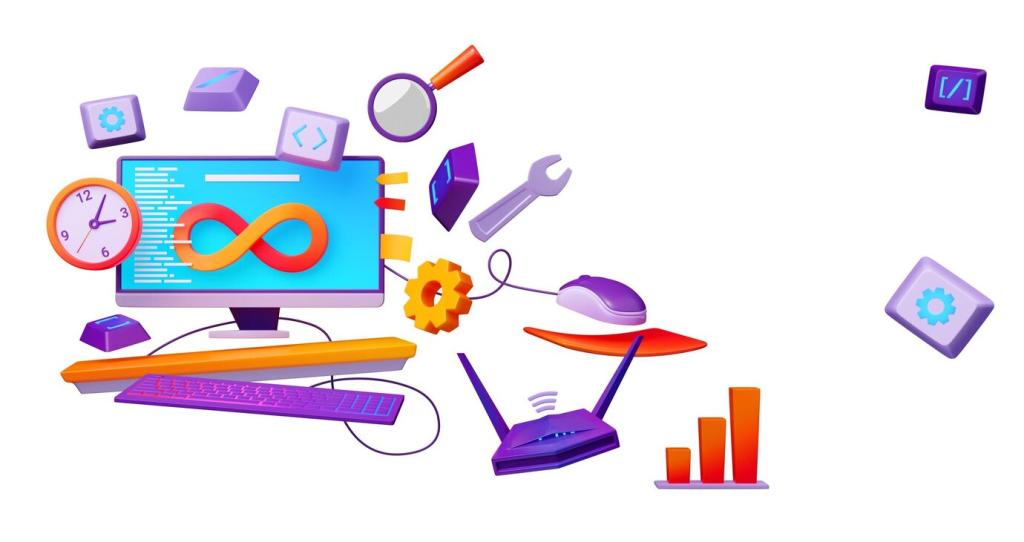Mastering Version Control Systems for Mobile Developers
Chosen theme: Version Control Systems for Mobile Developers. Build trustworthy iOS and Android delivery by treating your repository as the single source of truth—branching with purpose, reviewing with context, and tagging releases you can ship confidently. Subscribe to stay ahead with practical, developer-tested workflows.
Why Version Control Matters in Mobile Development
Our team once faced a critical startup crash only on older Android devices. Git bisect isolated the faulty commit in minutes, saving hours of guesswork and letting us hotfix confidently without derailing ongoing feature work.

Why Version Control Matters in Mobile Development
Coordinating iOS and Android releases is easier when branches map to milestones. Git tags anchor marketing versions, while release branches stabilize both platforms so QA can test the same features across devices without surprises.
Branching and Release Strategies for the App Store and Play Store
GitFlow vs trunk-based for mobile teams
GitFlow offers explicit release and hotfix branches, which many mobile teams love for clarity. Trunk-based demands discipline with short-lived branches, but pairs well with strong CI and feature flags to keep main always shippable.
Release trains that actually depart
Define a cadence, like biweekly trains. Merge only ready features into the train’s release branch; defer others without drama. Tag final builds for each platform so crash analytics and support can trace exactly what users received.
Hotfix without collateral damage
When a showstopper appears, cut a hotfix branch from the tag you shipped, not from your evolving main. Patch, test, release, then forward-merge the fix to main and the next release branch to keep history consistent.
Handling Large Assets with Git LFS and Smarter Storage
Git LFS tracks large binaries as pointers, keeping history lean. It shines for design exports and localized media. Combine it with meaningful folder structure so diffs remain readable and your designers know where assets truly live.
Generated APKs, IPAs, and debug symbols should go to artifact storage, not the repository. Publish them from CI with versioned names tied to Git tags, enabling quick rollbacks and reproducible builds without polluting your commit history.
Shallow clones, sparse checkouts, and pruning stale branches reduce onboarding friction. Document a one-command setup script that fetches only necessary history and LFS assets, so new developers ship code on day one instead of waiting.


Storyboards and layout XML can produce noisy diffs. Encourage smaller, atomic changes, enable visual diff tooling, and require screenshots or screen recordings in pull requests so reviewers grasp intent instead of parsing massive serialized changes.

Keep generated files out of version control with precise ignore rules. For vendor SDKs, prefer package managers over vendoring. When vendoring is necessary, pin versions clearly and document update steps to prevent mysterious repository churn.

A 10-line diff can add a heavy SDK. Make reviewers check size impact and startup costs. Integrate CI checks that comment on binary size deltas per commit, nudging everyone toward lean, efficient mobile builds.



Protecting Secrets and Credentials in Version Control

Use precise ignore rules for keys, profiles, and environment files. Add a CI job that fails if secrets accidentally appear in a commit, protecting your team from costly leakage and emergency rotations after an unintended push.
